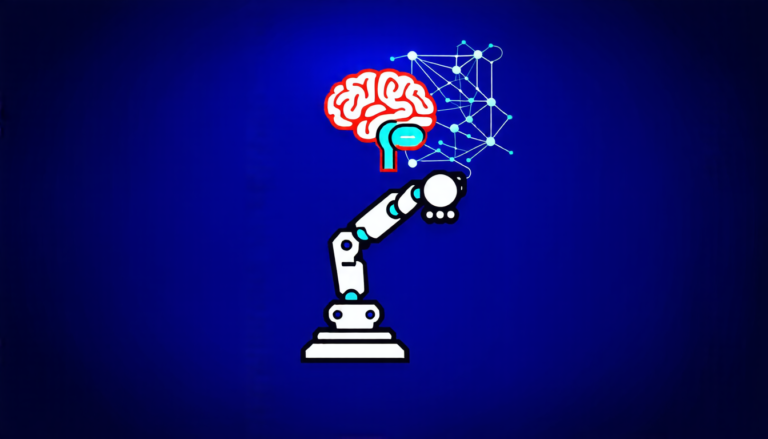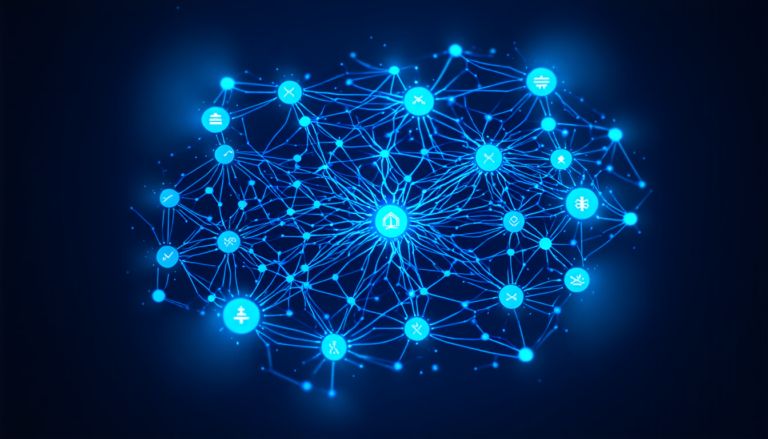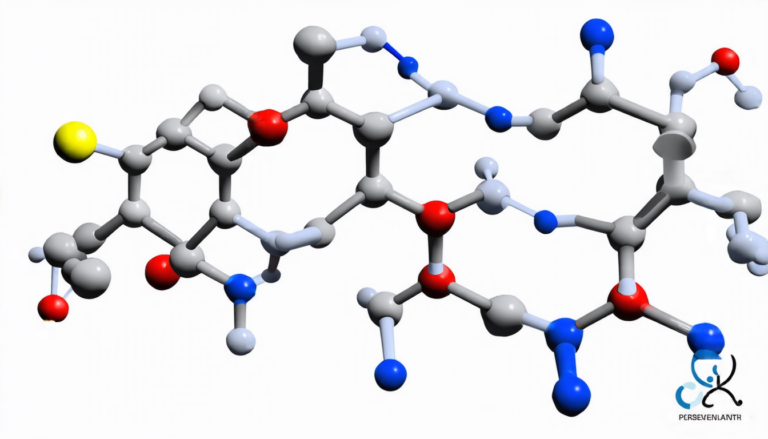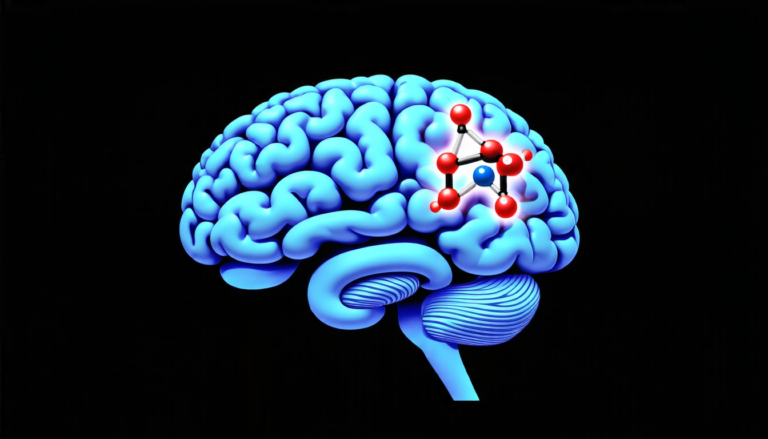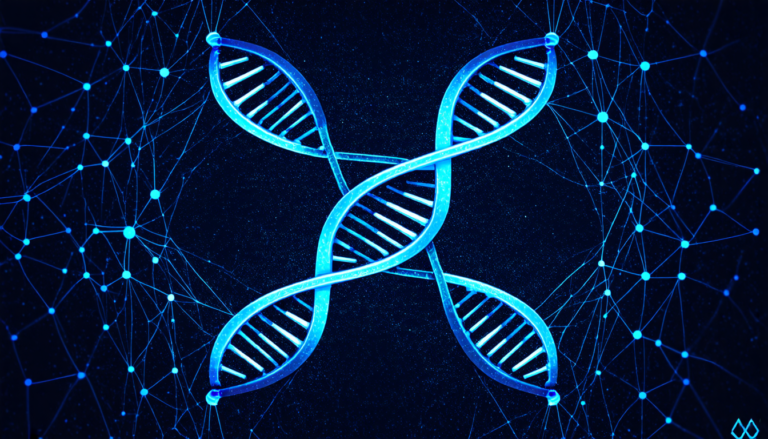Saturday 03 May 2025
The intricate dance between music, brain, and body has long been a topic of fascination for neuroscientists and musicians alike. A recent study published in the journal Frontiers in Computational Neuroscience sheds new light on how our brains process musical creativity, revealing a complex interplay between hierarchical structures, temporal dynamics, and embodied cognition.
Music is often seen as an abstract form of expression, with our brains processing its various elements – melody, harmony, rhythm – through a network of neural pathways. However, this study suggests that music’s creative potential lies not just in these cognitive processes but also in the way our bodies respond to it.
The researchers employed a combination of computational modeling and neuroimaging techniques to investigate how individuals with varying levels of musical experience process and generate creative musical expressions. Their findings indicate that statistical learning – the ability to detect patterns and regularities in sensory input – plays a crucial role in shaping individual differences in creativity.
In particular, the study highlights the importance of hierarchical structures in music, where higher-level patterns are built upon lower-level ones. This hierarchical organization is thought to underlie our ability to recognize and generate novel musical sequences. The researchers also found that temporal dynamics – the way we perceive and process rhythms over time – play a significant role in shaping our creative outputs.
But how do these cognitive processes relate to embodied cognition? In other words, what role does our body play in generating creativity? The study suggests that interoceptive sensations – feelings of bodily arousal and tension – influence our creative expressions. This is not surprising, given the close link between music and emotion. Our bodies respond to music through a complex network of neural pathways, which in turn shape our emotional experiences.
The researchers used a novel approach called Hierarchical Bayesian Statistical Learning (HBSL) to model these processes. HBSL allows for the simulation of individual differences in statistical learning abilities and embodied mechanisms, providing new insights into the neural basis of creativity.
So what does this mean for musicians and music lovers? The study suggests that our creative potential is deeply rooted in our bodily experiences and cognitive processes. By understanding how we process and generate musical sequences, researchers can develop more effective strategies for enhancing creativity and individuality.
In a broader sense, the findings highlight the complex interplay between music, brain, and body, emphasizing the importance of embodied cognition in shaping our creative expressions.
Cite this article: “Unraveling the Intricate Dance: How Brain, Body, and Music Interact to Shape Creativity”, The Science Archive, 2025.
Music, Brain, Body, Creativity, Embodied Cognition, Hierarchical Structures, Temporal Dynamics, Statistical Learning, Interoceptive Sensations, Neural Pathways


